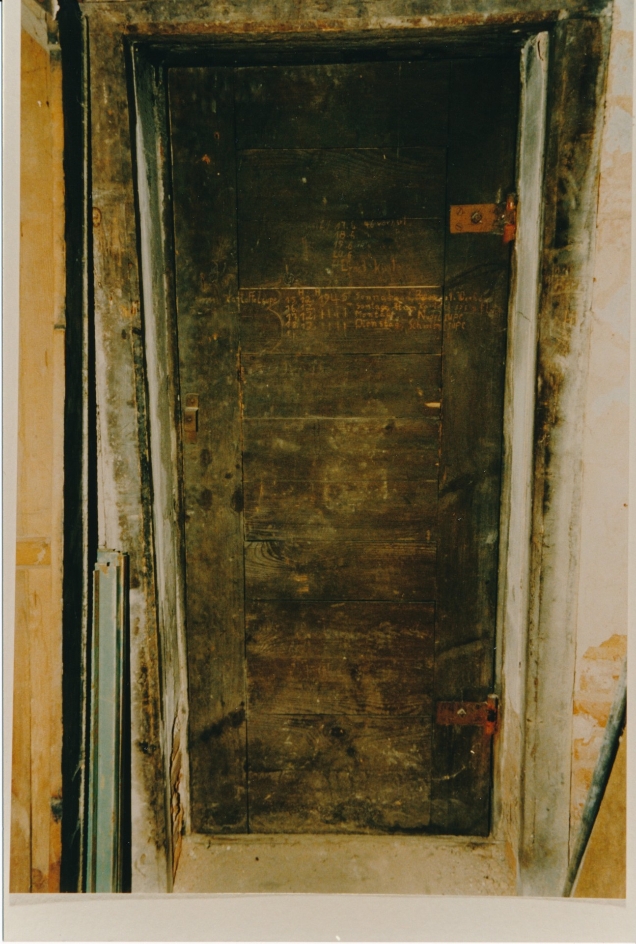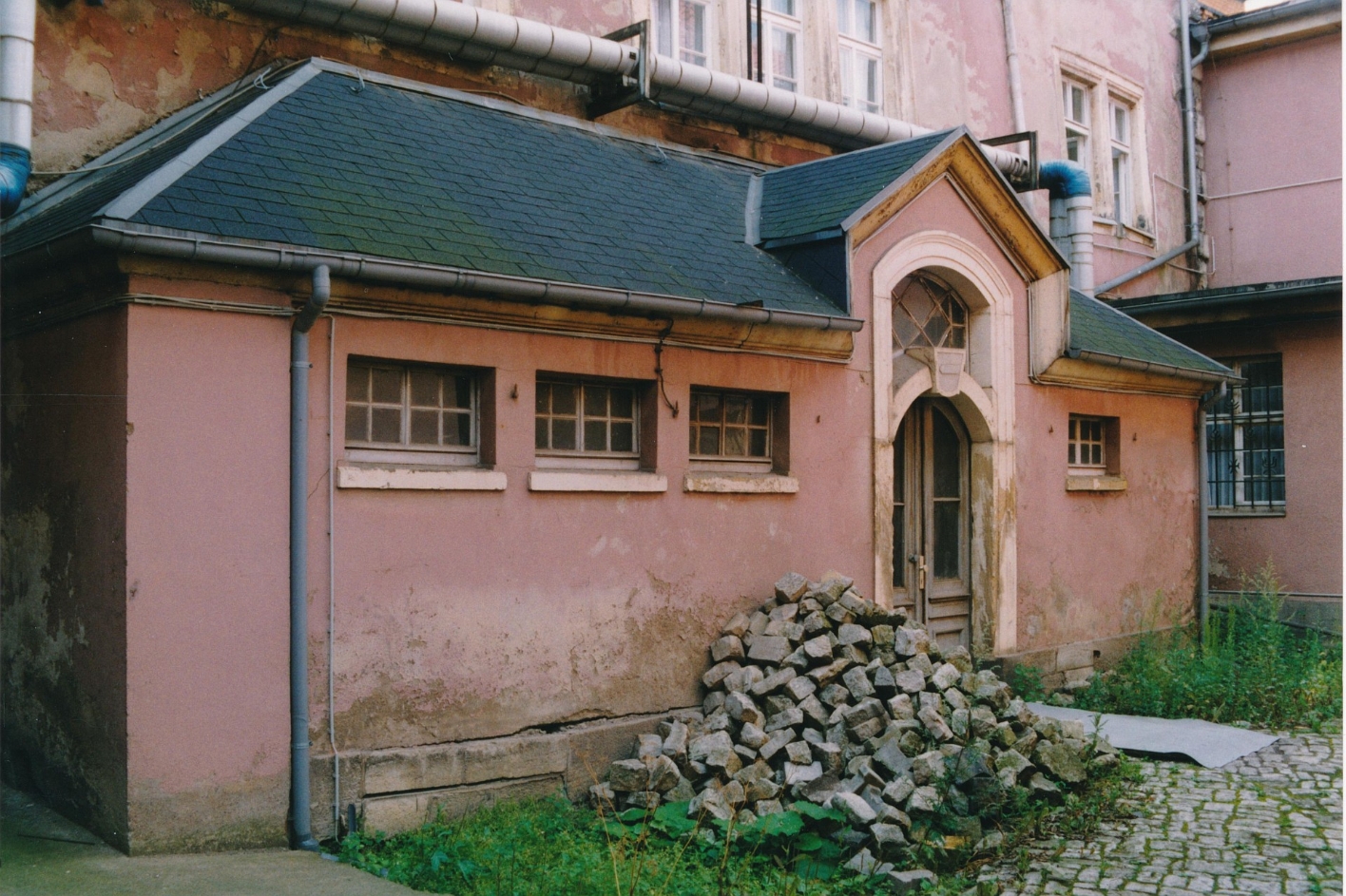

Beginning in December 1944, the Soviet Army set up camps in Romania, Yugoslavia, Hungary, Bulgaria, and Czechoslovakia. 380,000 German-speaking men and women were deported to the Soviet Union for work details. In January 1945, the Soviet Army reached the German Reich. The Soviet Minister of the Interior, Lavrentiy Beria, had the area behind the lines of advancing troop secured by means of arrests.
One of Berias' orders dated April 18, 1945, established the categories of arrest. Individuals to be imprisoned included people suspected of engaging in resistance activities and members of the National Socialist government and party apparatus. The detainees were to be held in newly established special camps. Criteria for detainment often included indications that the individual had held a certain function, for example in the NSDAP.

